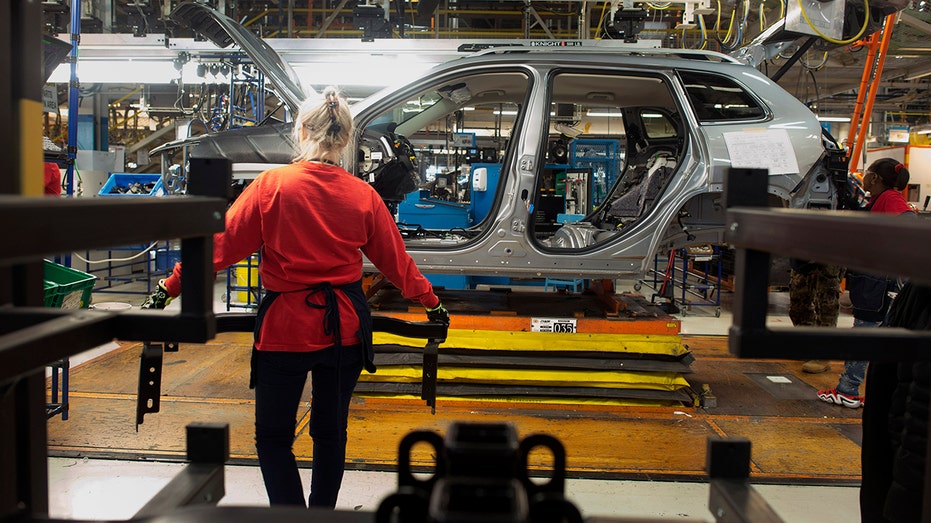President Donald Trump on Monday is expected to sign new executive orders imposing higher tariffs on steel and aluminum imports to the U.S., opening a new front in his trade war that could spur retaliation.
Trump’s actions would impose new 25% tariffs on all steel and aluminum imports into the U.S. on top of existing tariffs on those metals, escalating his efforts to reshape trade policy.
Tariffs, which are taxes on imports, increase costs for importers who typically pass some or all of those costs onto their customers. In the case of steel and aluminum, U.S. companies rely heavily on imports and the higher costs could hurt manufacturers and, in turn, consumers.
“The American economy has far more steel-users than steel-producers, meaning the tariffs will put far more manufacturing jobs in jeopardy than they create,” Erica York, vice president of federal tax policy at the Tax Foundation, told FOX Business. “Looking at steel, jobs that use steel in the production process outnumber jobs that produce steel 80 to 1.”
TRUMP’S TARIFFS ON MEXICO AND CANADA WILL INCREASE PRICES FOR CONSUMERS; EXPERTS OFFER DETAILS
She noted, “Manufacturers from automakers, farm equipment, household appliances, and machinery used in oil extraction, the construction industry, and the beverage and cutlery industry all use metals as part of their production process.”
“When we apply tariffs, we increase the cost of both imported metals and domestically produced metals, which increases the cost of production in the United States for all these downstream industries. We should expect a net decrease in manufacturing employment and production as the direct result of higher tariffs,” York said.
WHAT ARE TARIFFS, HOW DO THEY WORK AND WHO PAYS FOR THEM?

Ryan Young, senior economist at the Competitive Enterprise Institute, told FOX Business that cars and housing are likely to be the two hardest-hit sectors given that they account for about two-thirds of steel usage.
“If you’re in the market for a new car or a new house, expect to pay a couple hundred dollars more for an average-size car, and several thousand dollars more for a house,” Young said, adding that higher prices on new cars will cause used car prices to rise too as priced out buyers look for cheaper alternatives.
He added that aluminum tariffs will also raise car and house prices, as well as companies in the beverage industry like Coca-Cola, Pepsi and breweries. Other everyday items made with aluminum that are likely to see prices rise include bicycles, appliances and furniture.
WHAT’S HAPPENING WITH TRUMP’S TARIFFS ON CHINA, CANADA AND MEXICO?
About one-fourth of all steel used in the U.S. is imported, with most of it coming from neighboring Mexico and Canada, or from close allies in Asia and and Europe, such as Japan, South Korea and Germany.
Although China is the world’s largest steel producer and exporter, very little is sent to the U.S. because of 25% tariffs imposed in 2018 that shut most Chinese steel out of the market. The country exported 508,000 net tons of steel to the U.S. last year, which accounted for 1.8% of American steel imports.
The U.S. is more heavily reliant on aluminum imports, with about half of all aluminum used coming from imports. The vast majority of U.S. aluminum imports come from Canada, which exported 3.2 million tons of aluminum to the U.S. last year – an amount more than double the next nine countries.
Reuters contributed to this report.



